Home>diy>Building & Construction>What To Know About Building A House
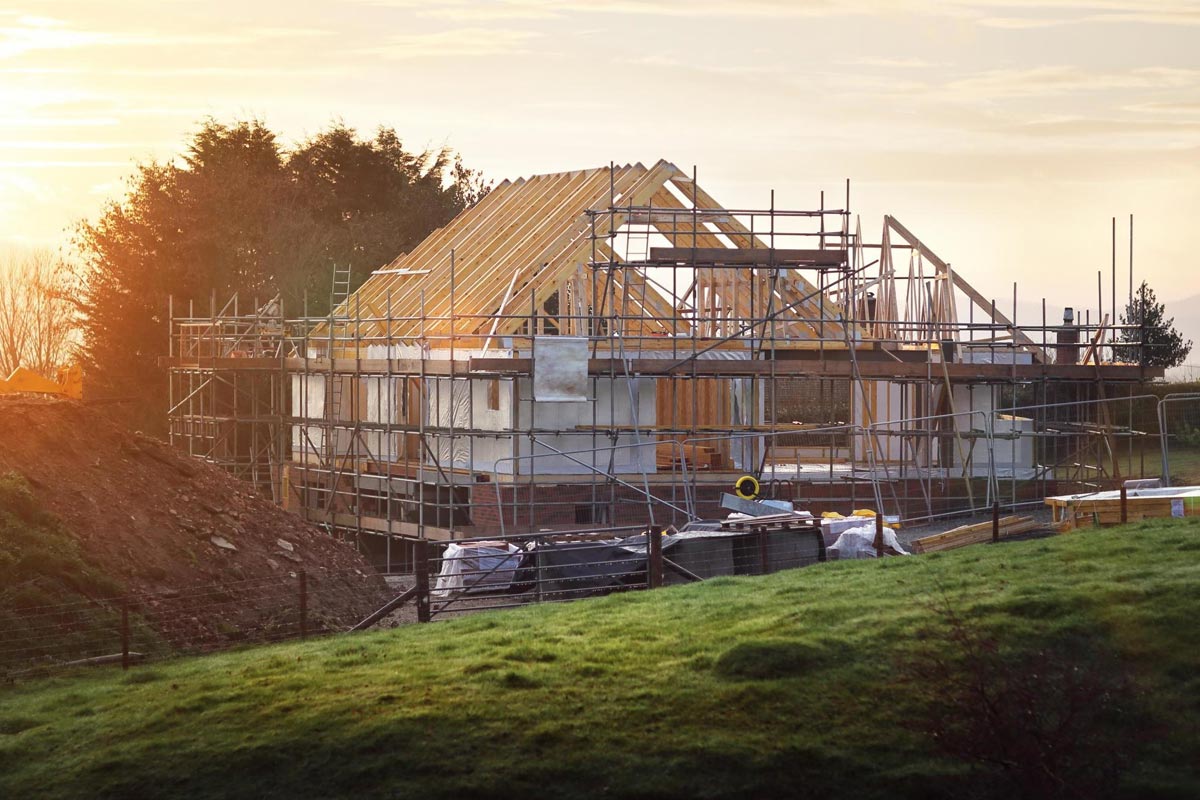

Building & Construction
What To Know About Building A House
Modified: January 24, 2024
Discover everything you need to know about building a house in our comprehensive guide. From design to construction, unleash your creativity and make your dream home a reality.
(Many of the links in this article redirect to a specific reviewed product. Your purchase of these products through affiliate links helps to generate commission for Storables.com, at no extra cost. Learn more)
Introduction
Building a house is an exciting and rewarding endeavor that allows you to create a dream home tailored to your specific needs and preferences. However, it can also be a complex and intricate process that requires careful planning, attention to detail, and the involvement of various professionals.
In this comprehensive guide, we will walk you through the essential steps and considerations involved in building a house. From finding a suitable location to completing the final inspections, we will provide you with valuable insights and expert advice to help you navigate the construction journey with confidence.
Whether you are planning to build a cozy cottage, a sprawling mansion, or anything in between, this guide is designed to equip you with the knowledge and resources you need to make informed decisions and ensure a successful and smooth building process.
So, let’s dive in and explore the fascinating world of building a house!
Key Takeaways:
- Building a house is a complex yet rewarding journey that requires careful planning, collaboration with professionals, and attention to detail to create a dream home tailored to your needs and lifestyle.
- From finding the right location to adding the finishing touches, building a house involves thoughtful design, proper insulation, energy-efficient systems, and personalized finishes to create a comfortable, sustainable, and aesthetically pleasing home that reflects your unique style.
Read more: What To Think About When Building A House
Finding a Suitable Location
One of the first and most important steps in building a house is finding the right location. The location of your home will not only impact your daily life but also its long-term value and potential resale opportunities. Here are a few key factors to consider when choosing a suitable location:
- Accessibility: Consider the proximity to amenities such as schools, hospitals, supermarkets, and recreational facilities. Also, think about the ease of transportation and access to major roads or public transportation.
- Neighborhood: Assess the neighborhood to ensure it aligns with your lifestyle and preferences. Look for factors like safety, cleanliness, noise levels, and the overall atmosphere.
- Views and Environment: Determine if you prefer a home with scenic views, such as mountains or waterfronts, or if you have specific environmental requirements like being close to parks or having a more secluded setting.
- Future Developments: Research any upcoming developments in the area that could potentially impact your quality of life or the property value. This includes analyzing zoning regulations, proposed infrastructure projects, and nearby construction plans.
- Natural Hazards: Take into account the risk of natural disasters, such as floods, earthquakes, or hurricanes, in the area. Understanding these risks will help you make informed decisions regarding home insurance and building techniques.
Additionally, it is crucial to evaluate the affordability of the land and consider any potential restrictions or regulations imposed by local authorities. These may include setback requirements, size limitations, and building codes.
Once you have identified a suitable location, it is advised to engage the services of a professional surveyor to conduct a land survey. This will reveal important information about the boundaries, topography, and any potential challenges that may need to be addressed during the construction process.
Remember, choosing the right location is not only about finding the perfect spot for your dream home; it is also about ensuring the long-term sustainability and value of your investment. So take your time, do your research, and consult with experts to make an informed decision.
Hiring an Architect or Designer
When it comes to building a house, hiring an experienced architect or designer is essential to bring your vision to life and ensure that your home is functional, aesthetically pleasing, and structurally sound. Here are some key considerations when hiring an architect or designer:
- Experience and Portfolio: Look for professionals with a proven track record in designing homes similar to what you envision. Review their portfolio to get a sense of their style, attention to detail, and versatility.
- Communication and Collaboration: Building a house is a collaborative process, so it’s crucial to choose an architect or designer who is a good communicator and listens to your ideas and requirements. They should be able to interpret your vision and translate it into a practical and visually appealing design.
- Technical Expertise: Ensure that the architect or designer is knowledgeable about the latest construction techniques, materials, and building codes. They should have a deep understanding of structural integrity, spatial planning, and environmental considerations.
- Availability and Timeline: Discuss the project timeline and confirm that the architect or designer can dedicate sufficient time and resources to your project. Timely completion of the design phase is crucial to avoid delays in the construction process.
- Budget and Fees: It is important to have a clear understanding of the architect’s or designer’s fee structure and any additional charges for revisions or consultations. Ensure that their fees align with your budget and the scale of your project.
- References and Reviews: Reach out to the architect’s or designer’s past clients, if possible, and inquire about their experience working with them. You can also look for online reviews or testimonials to get a sense of their reputation and professionalism.
Once you have narrowed down your options, schedule interviews with the top candidates. Use this opportunity to discuss your vision and expectations in detail, evaluate their level of enthusiasm and creativity, and assess whether you have good chemistry and rapport with them.
Keep in mind that hiring a professional architect or designer is an investment that will greatly impact the final outcome of your home. So, take your time in the selection process, consider multiple options, and choose someone who you trust and feel confident working with.
Obtaining Permits and Approvals
Before you begin construction on your house, it is essential to obtain the necessary permits and approvals from the local authorities. These permits ensure that your project complies with building codes, zoning regulations, and other legal requirements. Here are the key steps involved in obtaining permits and approvals:
- Research Local Regulations: Start by familiarizing yourself with the building regulations and requirements specific to your location. Contact the local building department or municipality to understand the necessary permits and documentation needed for your project.
- Engage with Professionals: Work with your architect, designer, or general contractor to prepare the necessary drawings, plans, and specifications required for permit applications. These professionals will be familiar with the local building codes and can guide you through the process.
- Submit Permit Applications: Prepare all the required permit applications and submit them to the appropriate authorities. This may include building permits, electrical permits, plumbing permits, and any other permits specific to your project.
- Pay Permit Fees: There are usually fees associated with obtaining permits and approvals. Calculate the applicable fees for your project and ensure prompt payment to avoid delays in the approval process.
- Review and Inspections: Once your permit applications are submitted, they will be reviewed by the local building department. This review process ensures that your plans comply with building codes and safety standards. After approval, inspections will be conducted at various stages of construction to verify compliance.
- Address Comments and Revisions: In some cases, your permit application may require revisions or further clarification. Work closely with the building department to address any comments or concerns promptly.
- Final Approval: Once all inspections are completed, and any required revisions are addressed, you will receive final approval from the local authorities. This approval signifies that your project meets all the necessary legal requirements.
It is important to note that the permit and approval process can vary significantly depending on your location and the complexity of your project. This process can take time, so it is advisable to start early and allow for potential delays.
Non-compliance with permit requirements can lead to legal consequences and may even require costly modifications to your project. Therefore, it is crucial to seek professional guidance, follow the regulations diligently, and obtain all necessary permits and approvals before commencing construction on your house.
Creating a Budget
Building a house involves significant financial investment, and creating a realistic budget is vital to ensure that your project stays on track and within your means. Here are some essential steps to help you create a comprehensive and accurate budget:
- Evaluate Your Finances: Start by assessing your financial situation, including your savings, income, and borrowing capacity. Determine how much you can comfortably allocate towards building your house, taking into consideration any potential changes in your financial circumstances.
- Research Costs: Research the costs associated with building a house in your area. This includes factors such as land acquisition, construction materials, labor, permits, design fees, and other miscellaneous expenses. Speak with architects, contractors, and suppliers to get accurate estimates.
- Identify Your Priorities: Determine your priorities and must-haves for your dream home. This will help you allocate your budget accordingly and make decisions on where to splurge and where to save. Consider whether you prioritize luxury finishes, energy efficiency, or specific architectural features.
- Account for Contingencies: Building a house often involves unexpected surprises and additional costs. It is crucial to allocate a contingency fund of around 10-20% of your total budget to account for unforeseen expenses or changes in plans.
- Consult with Professionals: Engage with professionals such as architects, designers, and contractors to get their expert input on budgeting. They can help you prioritize your expenses, suggest cost-saving alternatives, and provide insights into the overall cost structure of your project.
- Track Your Expenses: As your project progresses, ensure that you track your expenses carefully. Keep records of all payments, invoices, and receipts. Regularly review your budget to stay informed about any deviations and make necessary adjustments.
- Consider Long-term Costs: While it is crucial to focus on the initial construction costs, don’t overlook the long-term costs associated with owning and maintaining your home. Factor in expenses such as property taxes, insurance, utilities, and ongoing maintenance when creating your budget.
Remember that building a house is an investment, and balancing your budget is key to achieving your desired outcome. It is advisable to be realistic about your financial capabilities and avoid overextending yourself financially. If needed, consider consulting with a financial advisor to ensure that your budget aligns with your long-term financial goals.
By creating a well-thought-out budget and tracking your expenses diligently, you can minimize financial stress and have peace of mind throughout the construction process.
Read more: What To Know About Sealing A Deck
Selecting a Construction Method
Choosing the right construction method is a crucial decision when building a house. The construction method you select will impact the overall cost, construction timeline, energy efficiency, durability, and architectural possibilities. Here are some common construction methods to consider:
- Traditional Stick-built Construction: This is the most common construction method, where the house is built on-site piece by piece, using wood framing. It offers flexibility in terms of design and allows for customization. However, it can be time-consuming and labor-intensive.
- Modular Construction: Modular construction involves building sections or modules in a factory-controlled environment and then assembling them on-site. It offers faster construction times, reduced waste, and potential cost savings. However, design flexibility may be limited.
- Concrete Block Construction: In this method, concrete blocks or masonry units are used to construct the walls. It provides durability, energy efficiency, and noise reduction. However, it requires skilled labor and can be more expensive than other methods.
- Structural Insulated Panels (SIPs): SIPs consist of two layers of structural panels with an insulating foam core. They offer superior energy efficiency, faster construction times, and excellent insulation properties. However, they may have limitations in design flexibility and require specialized installation.
- Steel Frame Construction: Steel frame construction involves using steel columns and beams as the structural framework. It offers strength, durability, and the ability to create large open spaces. However, it can be more expensive than traditional wood framing.
- Timber Frame Construction: This construction method uses large wooden beams and posts to create a structural framework. It provides an aesthetic appeal, allows for open floor plans, and can be energy-efficient. However, it may require specialized skills and can be costly.
In selecting a construction method, consider factors such as your budget, architectural style preferences, construction timeline, energy efficiency goals, and the availability of skilled labor in your area. Consulting with an architect, builder, or contractor can help you make an informed decision based on your specific requirements and preferences.
It’s important to note that the chosen construction method should align with your long-term goals for the house, including maintenance, energy efficiency, and potential resale value. Conduct thorough research, weigh the pros and cons of each method, and select the one that best suits your needs and budget.
Once you have finalized the construction method, you can move on to the next steps in the building process with confidence, knowing that you have made an informed decision.
Choosing the Right Contractors and Suppliers
When building a house, selecting the right contractors and suppliers is crucial to ensure quality workmanship and efficient progress. Here are some key factors to consider when making these important decisions:
- Experience and Expertise: Look for contractors and suppliers with a proven track record in the construction industry. Consider their experience in similar projects and their expertise in specific areas such as plumbing, electrical work, or interior finishes.
- Reputation and References: Research the reputation of contractors and suppliers by reading online reviews, asking for references, and seeking referrals from friends or family. Contact previous clients to gauge their satisfaction with the quality of work and professionalism.
- Licensing and Insurance: Ensure that contractors and suppliers have the necessary licenses and certifications to operate legally in your area. In addition, verify that they carry appropriate insurance coverage to protect against any potential accidents or liabilities.
- Financial Stability: Assess the financial stability of contractors and suppliers. Check their financial records, ask for proof of insurance coverage, and inquire about their ability to handle potential delays or unforeseen expenses during the construction process.
- Communication and Compatibility: Effective communication is vital during a construction project. Choose contractors and suppliers who are responsive, approachable, and willing to listen to your ideas and concerns. It is also important to have good chemistry and compatibility to foster a positive working relationship.
- Competitive Bids: Obtain multiple quotes and bids from different contractors and suppliers. Compare their proposals in terms of pricing, scope of work, and timelines. Be wary of significantly low bids, as they may indicate subpar quality or potential hidden costs.
- Quality of Work and Materials: Evaluate the quality of work and materials provided by contractors and suppliers. Review their portfolio or samples of past projects to ensure that their work aligns with your expectations. Additionally, inquire about the brands and materials they use to ensure they meet your desired standards.
- Contract Terms and Agreements: Carefully review and understand the terms and conditions outlined in contracts or agreements with contractors and suppliers. Ensure that all important details, such as scope of work, payment schedule, and warranties, are clearly defined and agreed upon.
Take your time to research and interview potential contractors and suppliers. It is important to choose professionals that have a solid reputation, align with your vision, and possess the necessary skills and resources to successfully complete your project. Remember, building a house is a significant investment, and selecting the right team will contribute to its overall success.
Once you have finalized your choices, maintain open lines of communication and establish a good working relationship with your contractors and suppliers. Regularly communicate your expectations, provide necessary information and feedback, and monitor the progress to ensure that the construction process runs smoothly.
Designing the Layout and Floor Plan
The layout and floor plan of your house are crucial elements that will determine the functionality, flow, and overall appeal of your home. Designing the layout and floor plan requires careful consideration of your lifestyle, needs, and future goals. Here are some key steps to help you in this process:
- Assess Your Needs: Start by identifying your specific needs and requirements for your home. Consider factors such as the number of bedrooms and bathrooms, the size of common areas, the need for a home office or guest room, and any specific features or amenities you desire.
- Consider Future Growth: Anticipate your future needs and consider factors such as growing family, potential lifestyle changes, or the need for accessibility features as you age. Design your floor plan in a way that allows for flexibility and adaptability.
- Flow and Functionality: Pay attention to the flow and functionality of your home. Design spaces that are easily accessible and create a logical flow between different areas. Consider the proximity of rooms that need to be near each other, such as the kitchen and dining area.
- Zoning and Privacy: Plan the layout to provide appropriate zoning and privacy. Place bedrooms away from noisy areas, provide sufficient separation between public and private spaces, and consider the orientation of rooms to maximize natural light and ventilation.
- Consider Outdoor Spaces: Incorporate outdoor living spaces such as patios, decks, or gardens into your floor plan. Design these spaces in a way that complements the interior layout and enhances your connection with the surrounding environment.
- Architectural Style: Determine the architectural style that you want for your home and incorporate it into the floor plan. Consider factors such as ceiling heights, window placement, and the overall aesthetic appeal of different spaces.
- Natural Light and Views: Maximize natural light and optimize views by positioning windows strategically. Take advantage of the orientation of your lot to capture the best natural light throughout the day and consider any scenic views that can be enjoyed from various areas of your home.
- Seek Professional Guidance: Consult with an architect or designer who can translate your ideas into a practical and visually appealing floor plan. They can provide insights into space optimization, traffic flow, and efficient use of square footage.
During the design process, it is valuable to visualize the floor plan by creating sketches or using design software. This will help you get a better understanding of the spatial relationships and proportions of different areas in your home.
Remember to strike a balance between aesthetics and functionality when designing your floor plan. Your home should not only look beautiful but also serve your everyday needs and facilitate a comfortable and enjoyable living experience.
Once you have finalized the layout and floor plan, you can move forward with the next steps of the construction process, confident that you have created a well-thought-out design that suits your lifestyle and vision for your dream home.
When building a house, make sure to carefully plan and budget for all the necessary permits, materials, and labor costs to avoid any unexpected expenses later on.
Selecting Building Materials
Selecting the right building materials is essential when constructing a house. The materials you choose will impact the durability, aesthetics, energy efficiency, and maintenance requirements of your home. Here are some key considerations to keep in mind when selecting building materials:
- Durability and Longevity: Choose materials that are known for their durability and longevity. Consider the climate and environmental conditions of your location and select materials that can withstand these factors. Look for materials that are resistant to weathering, rotting, pests, and other potential threats.
- Sustainability and Environmental Impact: Give thought to the environmental impact of the materials you choose. Opt for sustainable and eco-friendly options, such as recycled materials or those that are produced using renewable energy sources. Look for certifications such as LEED or Energy Star ratings.
- Energy Efficiency: Consider the energy efficiency of building materials, especially when it comes to insulation and windows. Choose materials that offer high thermal resistance and minimize energy loss, helping to reduce heating and cooling costs and creating a more comfortable indoor environment.
- Aesthetics: Select materials that align with your desired architectural style and create the aesthetic appeal you envision for your home. Consider factors such as color, texture, and overall visual impact. Look for materials that provide design flexibility and can be customized to suit your preferences.
- Maintenance Requirements: Assess the maintenance requirements of different materials. Some materials may require regular upkeep and may be more prone to damage or deterioration, while others may be low maintenance and offer long-term cost savings.
- Cost and Budget: Consider the cost of materials and how they fit within your budget. While it’s important to choose high-quality materials, ensure they are cost-effective and align with your financial capabilities. Factor in both the upfront costs and potential long-term savings.
- Availability: Determine the availability of building materials in your area. Choose materials that are readily accessible and have reliable suppliers. This will help avoid delays in the construction process and ensure easier sourcing of replacement or additional materials, if needed.
- Compatibility with Construction Method: Ensure that the selected materials are compatible with your chosen construction method. Some materials may require specific techniques or expertise for installation, so it’s important to have a clear understanding of the construction process and consult with professionals if necessary.
When making decisions about building materials, it is beneficial to consult with architects, contractors, or specialists in the field. They can provide valuable insights and guidance based on their expertise and experience.
Remember, the materials you choose will significantly impact the overall quality and performance of your home. It’s important to strike a balance between function, sustainability, aesthetics, and your budget to ensure a successful and satisfying result.
By selecting the right building materials, you can create a home that not only meets your immediate needs but also stands the test of time and enhances your quality of life for years to come.
Understanding the Construction Process
Understanding the construction process is crucial when building a house. Having a clear understanding of the various stages and tasks involved will help you stay organized, manage expectations, and ensure a smooth construction journey. Here is a breakdown of the general construction process:
- Site Preparation: This involves clearing the construction site, leveling the ground, and preparing it for the foundation and construction activities. It may include tasks such as excavation, demolition, and site grading.
- Foundation Construction: The foundation is the structural base of your house. This stage involves pouring concrete or laying blockwork to create a solid foundation that will support the weight of the structure. It may also include the installation of footings, waterproofing, and drainage systems.
- Structural Framing: The framing stage involves constructing the structural framework of the house. It includes erecting walls, floors, and roofs using materials such as wood, steel, or concrete. This stage creates the basic skeleton of your home.
- Installing Utilities: Utilities such as plumbing, electrical, and HVAC systems are installed during this stage. This includes rough-in installations of pipes, wiring, and ductwork before the walls are closed up. Coordination with licensed professionals is crucial to ensure that these systems are properly integrated.
- Interior and Exterior Finishes: Once the basic structure and utilities are in place, the focus shifts to installing interior and exterior finishes. This includes walls, flooring, cabinetry, countertops, tiling, painting, roofing, siding, and landscaping. It is an exciting phase where your vision starts to take shape.
- Final Touches and Fixtures: During this stage, the remaining fixtures and finishes are installed. This includes installing doors, windows, light fixtures, plumbing fixtures, appliances, and any other remaining details that complete the functionality and aesthetics of your home.
- Final Inspections and Cleanup: Once construction is complete, a series of final inspections will be carried out by local building authorities to ensure compliance with building codes and regulations. Any necessary corrections or adjustments will be made. After passing inspections, a final cleanup is done to prepare your home for occupancy.
Throughout the construction process, effective communication and collaboration with your contractor, subcontractors, and other professionals involved are essential. Regular site visits and meetings can help address any queries, monitor progress, and make necessary adjustments along the way.
It’s important to note that the construction process can vary depending on factors such as the size, complexity, and location of your project. Additionally, unexpected challenges or delays may arise, so it’s important to be flexible and prepared to adapt as needed.
By understanding the construction process and staying actively involved, you can ensure that your vision is accurately translated into reality, and the construction of your dream home proceeds smoothly and according to plan.
Managing the Construction Timeline
Managing the construction timeline is crucial to ensure that your house is completed on schedule and within the planned timeframe. A well-managed timeline helps to avoid delays, minimizes disruptions, and allows for efficient coordination among all parties involved. Here are some key tips to effectively manage the construction timeline:
- Establish Realistic Expectations: Set realistic expectations regarding the construction timeline from the beginning. Understand that unforeseen circumstances, such as weather conditions or unexpected issues during construction, may cause delays. Allow some buffer time in your timeline to account for these potential challenges.
- Create a Detailed Construction Schedule: Work with your contractor to create a detailed construction schedule that outlines the specific tasks and their deadlines. Make sure that all parties involved have a clear understanding of the schedule and their roles in adhering to it.
- Regular Communication and Updates: Maintain regular communication with your contractor and regularly receive updates on the progress of the construction. Regular site visits, meetings, and progress reports will help identify any potential issues or bottlenecks and allow for timely problem-solving.
- Efficient Resource Management: Ensure that resources such as labor, materials, and equipment are managed efficiently. Adequate coordination and scheduling of subcontractors, suppliers, and deliveries are crucial to avoid project delays. Regularly monitor resource availability and make adjustments as necessary.
- Prompt Decision-Making: Be responsive and make necessary decisions promptly. Delays in decision-making can cause a ripple effect and impact the overall construction timeline. Stay informed about key milestones and deadlines to ensure that you provide timely approvals or instructions when needed.
- Address Issues Proactively: Keep an open line of communication with your contractor and promptly address any issues or concerns that may arise. Early identification and resolution of problems can help prevent them from escalating and causing significant delays in the construction process.
- Flexibility and Adaptability: Recognize that adaptability is key in managing the construction timeline. Understand that unforeseen circumstances or changes in plans may require adjustments to the schedule. Be flexible and work closely with your contractor to develop contingency plans and alternative solutions.
- Regular Inspections: Conduct regular inspections at different stages of construction to ensure that the work is progressing according to plan. This allows for timely identification and correction of any deficiencies or deviations from the agreed-upon specifications.
- Celebrate Milestones: Celebrate key milestones achieved during the construction process. Recognizing and appreciating progress made can boost morale and motivate the construction team to stay on track and reach the ultimate completion goal.
Remember, managing the construction timeline requires proactive communication, collaboration, and a willingness to adapt. By following these tips and maintaining a hands-on approach, you can help ensure that your house is completed within the anticipated timeframe and that you achieve your desired move-in date.
Ensuring Proper Insulation and Energy Efficiency
Proper insulation and energy efficiency are essential considerations when building a house. A well-insulated and energy-efficient home not only reduces energy consumption and utility costs but also provides a comfortable living environment. Here are some key strategies to ensure proper insulation and energy efficiency:
- Insulation Materials: Choose high-quality insulation materials that provide effective thermal insulation. Consider factors such as R-value (a measure of thermal resistance), which indicates the material’s ability to resist heat transfer. Common insulation types include fiberglass batts, spray foam insulation, and rigid foam boards.
- Insulation Placement: Ensure that insulation is installed in key areas, such as walls, ceilings, floors, and around doors and windows. Proper installation is crucial to avoid gaps, compression, or voids that can compromise the insulation’s effectiveness.
- Air Sealing: Pay attention to air sealing to minimize air leakage and drafts. Use caulk and weatherstripping to seal gaps around windows, doors, electrical outlets, and vents. This helps maintain a consistent indoor temperature and reduces the workload on heating and cooling systems.
- Efficient HVAC Systems: Install high-efficiency heating, ventilation, and air conditioning (HVAC) systems. Choose energy-efficient models that are properly sized for your home. Regular maintenance and filter replacements are also important to ensure optimal performance.
- Energy-Efficient Windows: Install energy-efficient windows that are properly sealed and have low-emissivity (Low-E) coatings. Look for windows with a high energy star rating, indicating their ability to effectively block heat transfer and reduce energy loss.
- Appropriate Lighting: Use energy-efficient lighting options such as LED bulbs, which consume less energy and have a longer lifespan compared to traditional incandescent bulbs. Incorporate natural light through well-placed windows, skylights, or light tubes to reduce the need for artificial lighting during the day.
- Smart Thermostats: Install programmable or smart thermostats that allow you to set temperature schedules and adjust settings remotely. These devices can optimize energy usage by automatically adjusting heating and cooling based on your daily routines.
- Energy-Efficient Appliances: Select energy-efficient appliances such as refrigerators, dishwashers, and washing machines that have high energy star ratings. These appliances are designed to use less energy while maintaining their functionality and performance.
- Landscaping and Shading: Plan your landscaping strategically to provide natural shading during the summer months, which can reduce the need for excessive cooling. Planting trees, installing awnings, or using pergolas can help block direct sunlight from entering your home.
- Regular Energy Audits: Schedule regular energy audits to assess the overall energy performance of your home. Professional auditors can identify areas of improvement and suggest energy-saving measures specific to your home and lifestyle.
By incorporating these strategies into your construction process, you can ensure proper insulation and create an energy-efficient home that is comfortable, cost-effective, and environmentally friendly.
Remember, investing in insulation and energy efficiency not only benefits you in the long run but also contributes to reducing your carbon footprint and promoting sustainable living.
Installing the Plumbing and Electrical Systems
Proper installation of plumbing and electrical systems is vital in ensuring that your house functions efficiently and meets your daily needs. Plumbing systems provide clean water supply and wastewater removal, while electrical systems power your home’s lighting, appliances, and electronic devices. Here’s an overview of the installation process for plumbing and electrical systems:
Plumbing System Installation:
- Designing the Plumbing Layout: Work with a licensed plumber or plumbing engineer to design the plumbing system layout. Consider factors such as the number of bathrooms, kitchen appliances, and fixtures, as well as the location of water supply lines and drainage systems.
- Installing Water Supply Lines: The water supply lines, typically made of copper or PEX (cross-linked polyethylene), are installed to carry water from the main water source to various points of use throughout the house. This includes connecting pipes, valves, and fixtures such as sinks, toilets, showers, and bathtubs.
- Drainage and Ventilation System: Proper drainage and ventilation are critical for wastewater removal and to prevent unpleasant odors and blockages. Install drain pipes, traps, and vents to ensure proper drainage and venting of gases. These systems should comply with local plumbing codes.
- Hot Water System: If necessary, install a hot water system, such as a water heater or boiler, to provide hot water for showers, sinks, and appliances. Consider the energy efficiency, capacity, and type of system (e.g., tankless or traditional tank) based on your needs and preferences.
- Pressure Testing and Inspections: Once the plumbing system is installed, it should undergo pressure testing to identify any leaks or flaws. Inspections are conducted by local plumbing inspectors to ensure compliance with building codes and plumbing standards.
Electrical System Installation:
- Designing the Electrical Layout: Engage a licensed electrician to design the electrical system layout based on your specific requirements. Consider the number and location of outlets, light fixtures, and switches, as well as any specialized electrical needs.
- Installing Wiring: The electrician will install the electrical wiring throughout the house, ensuring proper distribution of power from the electrical panel to various circuits. Wiring materials may include copper or aluminum, and they must comply with electrical codes and safety standards.
- Outlet and Switch Installation: Install outlets, switches, and other electrical devices as per the electrical layout design. Placement and spacing of outlets should be convenient for everyday use and compliant with electrical codes. Safety measures, such as ground fault circuit interrupters (GFCIs), should be incorporated as required.
- Lighting Fixture Installation: Install light fixtures, including ceiling lights, wall sconces, and outdoor lighting, as per the design and your preferences. Choose energy-efficient bulbs and consider dimmer switches for adjustable lighting levels and energy savings.
- Electrical Panel and Breaker Installation: Install the electrical panel and breakers, which serve as the central control point for the distribution of electricity throughout the house. Proper labeling of circuit breakers allows for easy identification and maintenance in the future.
- Final Inspections and Safety Checks: Once the electrical system is installed, it must undergo a final inspection by local electrical inspectors to ensure compliance with electrical codes and safety regulations. This includes checks for proper grounding, bonding, and overall system integrity.
It is critical to hire licensed professionals for the installation of plumbing and electrical systems. Proper installation ensures the safety, functionality, and longevity of these essential systems. Regular maintenance and inspections should be carried out to identify and address any potential issues.
By overseeing the proper installation of plumbing and electrical systems, you can enjoy a reliable and efficient home that meets your daily needs for water supply and electricity.
Adding Finishing Touches
Adding the finishing touches to your newly constructed house brings the project to its final stages and allows you to personalize and enhance the overall appeal of your home. From interior design choices to exterior landscaping, these finishing touches help create a warm and inviting atmosphere. Here are some key elements to consider:
Interior Finishes:
- Paint and Wall Coverings: Choose paint colors or wall coverings that reflect your personal style and create the desired ambiance in each room. Consider factors such as lighting conditions, room size, and the overall color scheme of your home.
- Flooring: Select flooring materials that are practical, durable, and visually pleasing. Options include hardwood, laminate, tile, carpet, or a combination of different materials throughout your home. Choose textures and patterns that complement your interior design theme.
- Trim and Molding: Install trim and molding to add a finishing touch to walls, ceilings, and windows. Choose from a variety of styles, from simple baseboards to decorative crown moldings, to enhance the architectural features and overall aesthetic appeal of your home.
- Doors and Hardware: Select interior doors, exterior doors, and door hardware that match the style of your home. Consider factors such as material, design, and finishes that complement your overall design theme.
- Cabinetry and Countertops: Install custom or pre-made cabinetry in your kitchen, bathroom, and other areas that require storage. Select countertops made of materials such as granite, quartz, marble, or laminate that combine both functionality and style.
- Lighting Fixtures: Choose light fixtures that not only provide adequate illumination but also enhance the ambiance of each space. Consider a mix of overhead lighting, task lighting, and accent lighting to create a layered lighting scheme throughout your home.
- Window Treatments: Install window treatments such as blinds, curtains, or shades to control privacy, natural light, and visual appeal. Choose materials, patterns, and colors that coordinate with your interior design and provide the desired level of light filtration.
- Hardware and Accessories: Pay attention to the selection of hardware and accessories throughout your home, such as faucets, doorknobs, cabinet handles, and towel bars. Choose styles and finishes that complement your design theme and add a cohesive look to your space.
Exterior Finishes:
- Landscaping: Design and implement a landscaping plan that includes planting trees, shrubs, flowers, and creating outdoor living spaces. Consider factors such as maintenance requirements, climate suitability, and the overall desired aesthetic appeal.
- Driveway and Walkways: Install a well-designed driveway and walkways that provide easy access to your home. Choose materials such as concrete, gravel, pavers, or asphalt that suit your style and budget.
- Exterior Lighting: Illuminate the exterior of your home with outdoor lighting fixtures. Highlight architectural features, provide pathway lighting, and add security measures to create an inviting and safe ambiance during the evening hours.
- Exterior Finishes: Consider the exterior finishes of your home, such as the type of siding or cladding, roofing material, and architectural details. Select elements that not only protect your home but also enhance its curb appeal and blend harmoniously with the surroundings.
- Outdoor Living Spaces: Create functional and cozy outdoor living spaces, such as patios, decks, or porches. Furnish these areas with comfortable seating, outdoor dining sets, and accessories that extend your living space and provide opportunities for relaxation and entertainment.
- Entryway: Pay attention to the design of your home’s entryway. Add welcoming elements such as a front door with decorative features, a porch with seating, potted plants, and a doormat that reflects your personality.
Final Considerations:
Remember, adding finishing touches is your opportunity to make your house truly feel like home. Take your time to research and explore different options, consider your personal preferences, and seek inspiration from design magazines, websites, and even professional interior designers or landscapers. Ensure that your choices reflect your unique style and create a cohesive look throughout your home.
By carefully selecting and implementing these finishing touches, you can transform your newly constructed house into a warm and inviting home that reflects your personality and provides you and your family with years of enjoyment.
Completing Final Inspections
Final inspections are a critical step in the construction process of your house. These inspections ensure that all construction work meets the required codes, regulations, and safety standards set by local building authorities. Here is an overview of what to expect during the final inspection stage:
- Scheduling Inspections: Work closely with your contractor to schedule final inspections in coordination with the local building or code enforcement department. Each municipality may have specific requirements and timelines for inspections.
- Building Code Compliance: The purpose of final inspections is to verify that all construction work complies with the applicable building codes, including structural integrity, electrical wiring, plumbing, and safety measures.
- Inspection Areas: Final inspections typically cover various areas of your home, including the foundation, framing, plumbing systems, electrical systems, HVAC, insulation, and overall safety features such as fire exits and smoke detectors.
- Coordinating with Professionals: Have all relevant professionals, including architects, engineers, plumbers, and electricians, available during the final inspections to address any questions or concerns raised by the building inspector.
- Reviewing Plans and Permits: The building inspector will review the approved plans and permits for your project to ensure that the construction work aligns with the initially approved documents. Any modifications or deviations will be carefully assessed.
- Correcting Deficiencies: If the building inspector identifies any deficiencies or code violations during the final inspections, they will issue a detailed report outlining the required corrections. It is the responsibility of the contractor to rectify these issues.
- Reinspection, if Needed: In cases where deficiencies are identified, a follow-up inspection may be required to ensure that the necessary corrections have been made, and the applicable codes and regulations are now compliant.
- Obtaining the Final Approval: Once the building inspector is satisfied with the construction work and all necessary corrections have been made, they will issue a final approval or certificate of occupancy. This certifies that your home meets the required standards and is safe for occupancy.
During the final inspections, be prepared to address any questions or concerns raised by the building inspector. It is essential to maintain open communication, follow recommended guidelines, and cooperate with the inspector to ensure a successful outcome.
Completing the final inspections not only provides you with peace of mind regarding the safety and compliance of your home but also allows you to move forward confidently with the next steps, such as interior finishing, moving in, and enjoying your newly constructed house.
Conclusion
Building a house is a remarkable journey that allows you to transform your vision of a dream home into a tangible reality. Throughout this comprehensive guide, we have covered the essential steps and considerations involved in the construction process, from finding a suitable location to completing final inspections.
Key aspects such as hiring architects and contractors, obtaining permits and approvals, creating a budget, and selecting materials have been addressed to ensure an informed and successful construction project. We’ve also touched upon the importance of designing a functional layout, ensuring energy efficiency, and adding the finishing touches that truly make your house feel like home.
Undoubtedly, building a house requires careful planning, attention to detail, and collaboration with various professionals. It is essential to stay organized, communicate effectively, and be prepared for unexpected challenges along the way. Flexibility and adaptability are crucial throughout the construction process.
Remember, the construction of your dream home is an investment that goes beyond the financial aspect. It is an opportunity to create a space tailored to your needs, preferences, and lifestyle. By incorporating thoughtful design, proper insulation, energy-efficient systems, and personalized finishes, you can create a comfortable, sustainable, and aesthetically pleasing home that reflects your unique style.
We encourage you to consult with architects, contractors, and other professionals who can provide guidance based on their expertise and experience. Their insights can help you make informed decisions that align with your goals and ensure the successful realization of your vision.
Building a house is a rewarding and fulfilling endeavor. It is an opportunity to create a sanctuary that reflects your personality and offers comfort and joy to you and your loved ones. So, embrace the journey, be patient, and celebrate every milestone during this transformative process.
With careful planning, attention to detail, and the right team by your side, you can make your dream of building a house a reality. Enjoy the process and the excitement of witnessing your dream home come to life.
Frequently Asked Questions about What To Know About Building A House
Was this page helpful?
At Storables.com, we guarantee accurate and reliable information. Our content, validated by Expert Board Contributors, is crafted following stringent Editorial Policies. We're committed to providing you with well-researched, expert-backed insights for all your informational needs.
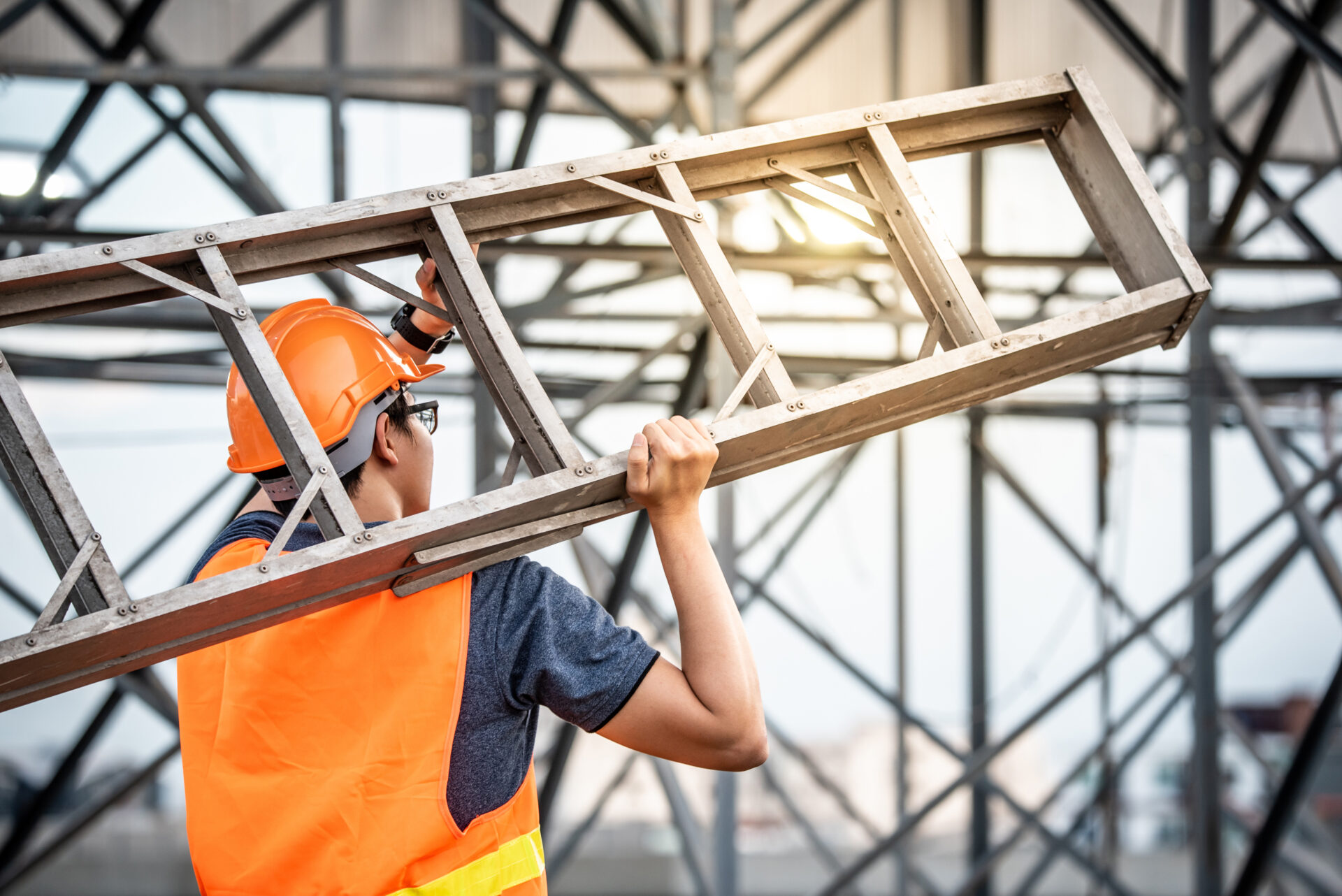

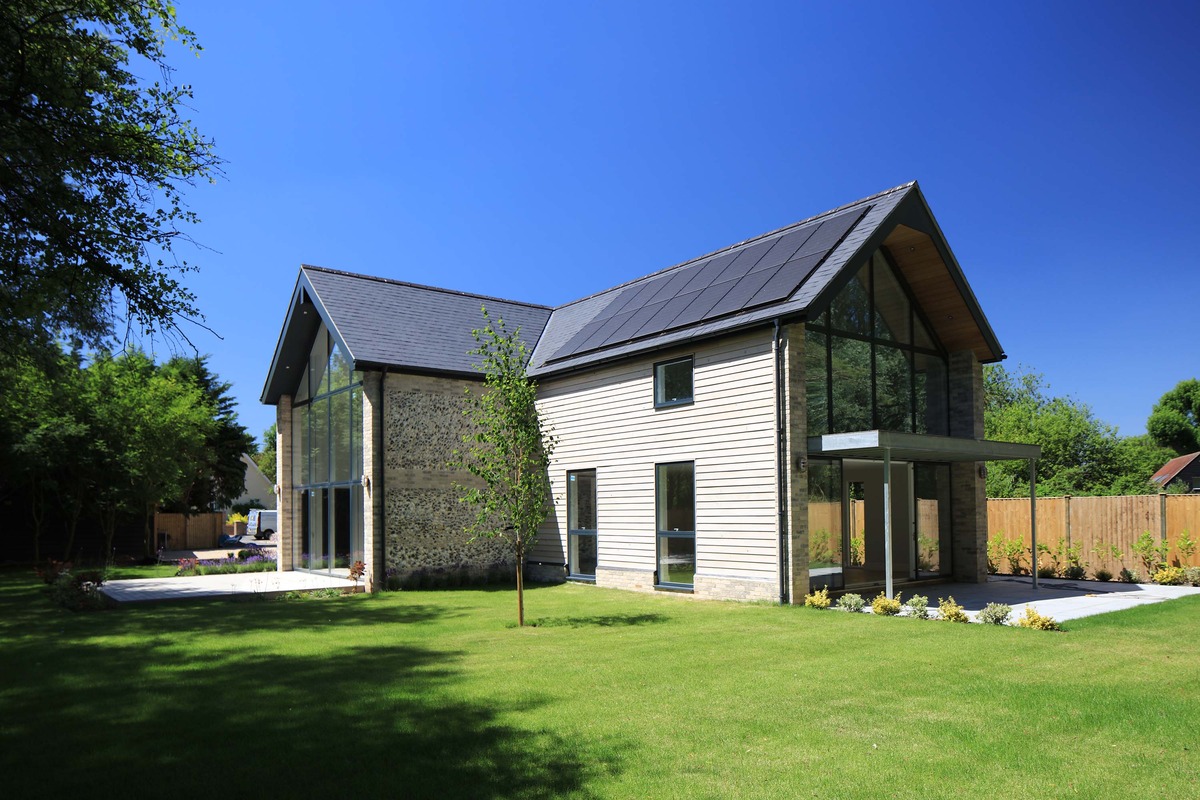
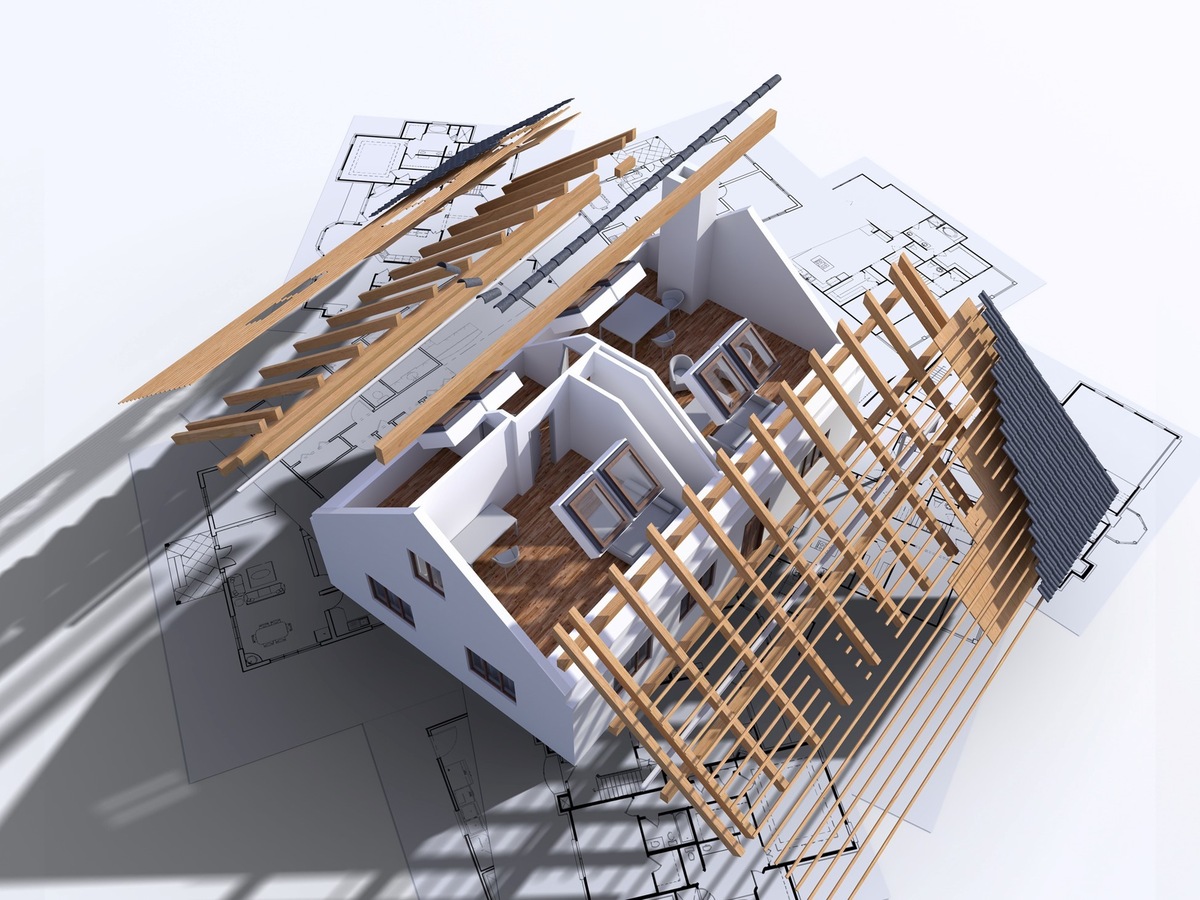
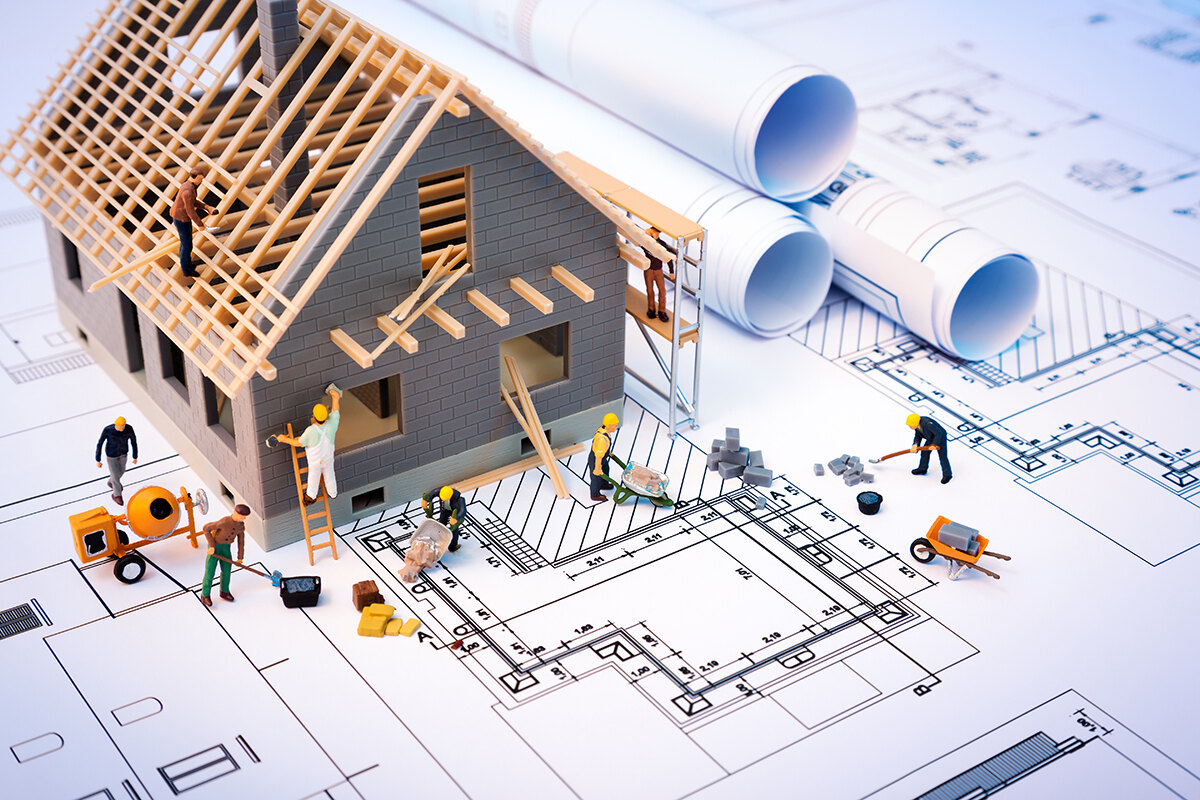


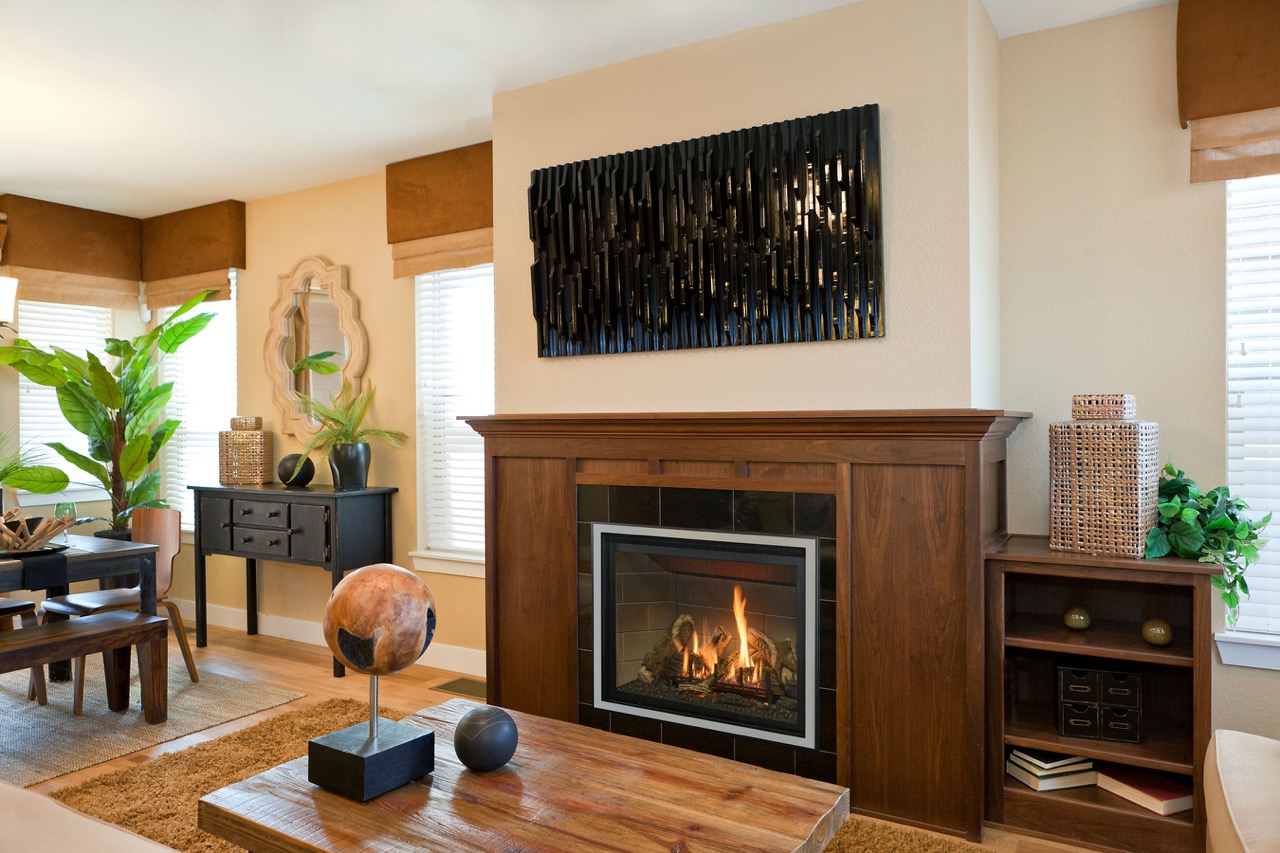

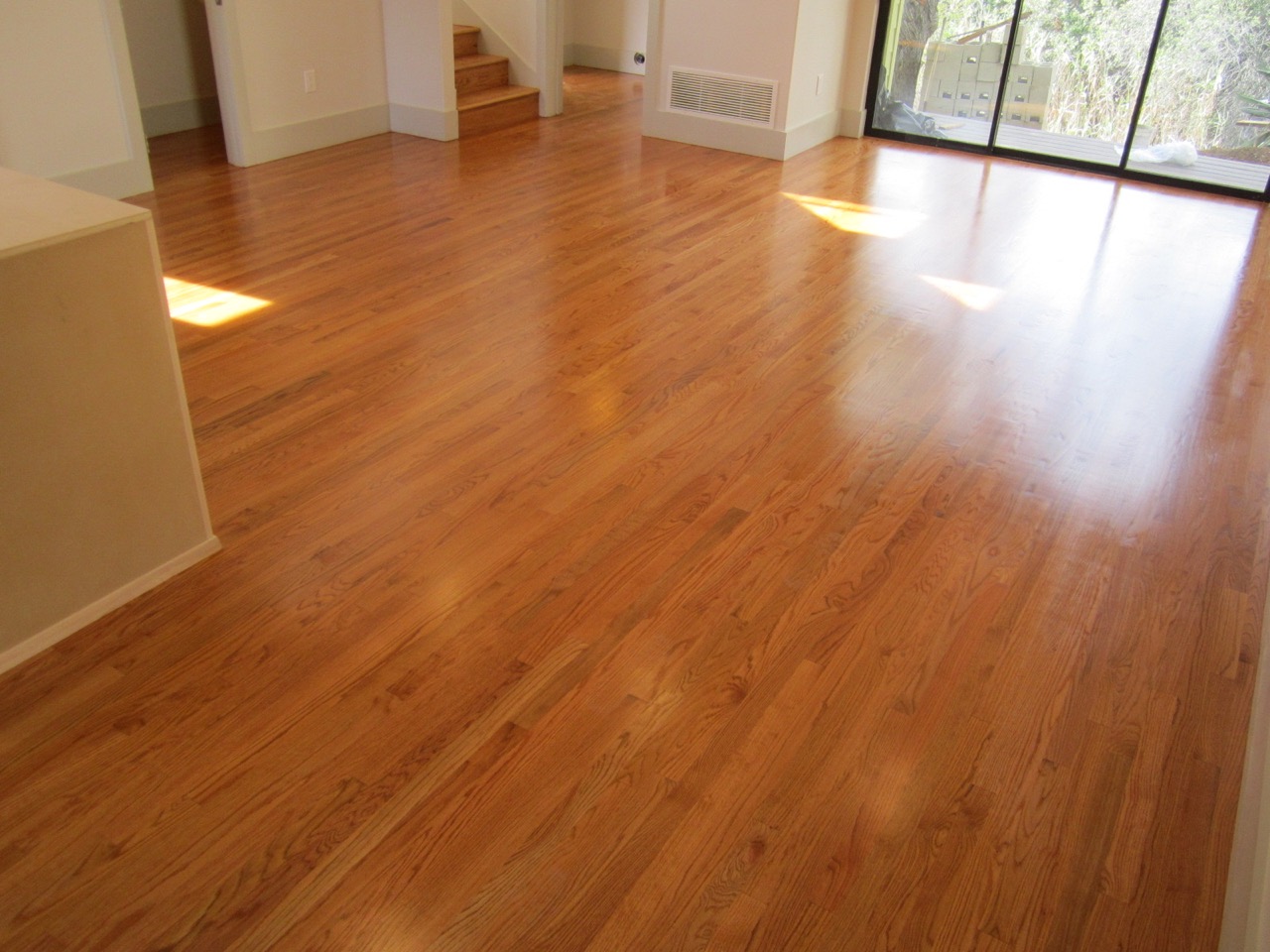
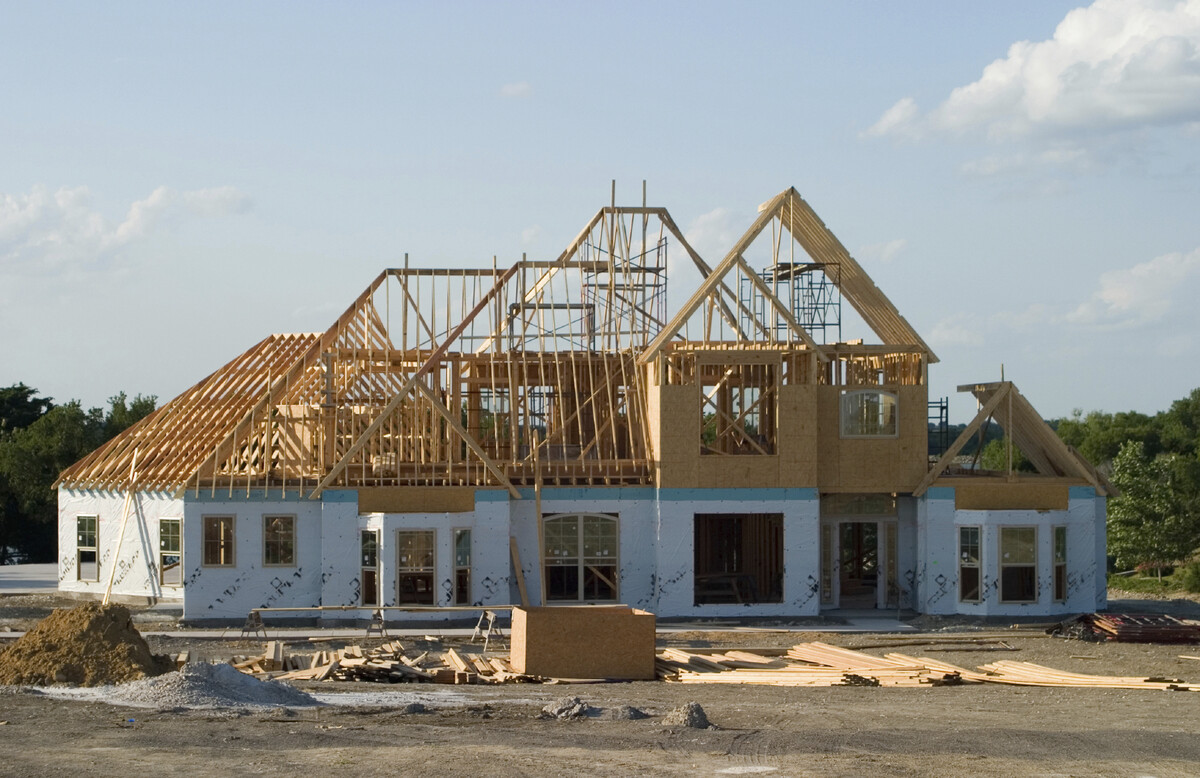


0 thoughts on “What To Know About Building A House”